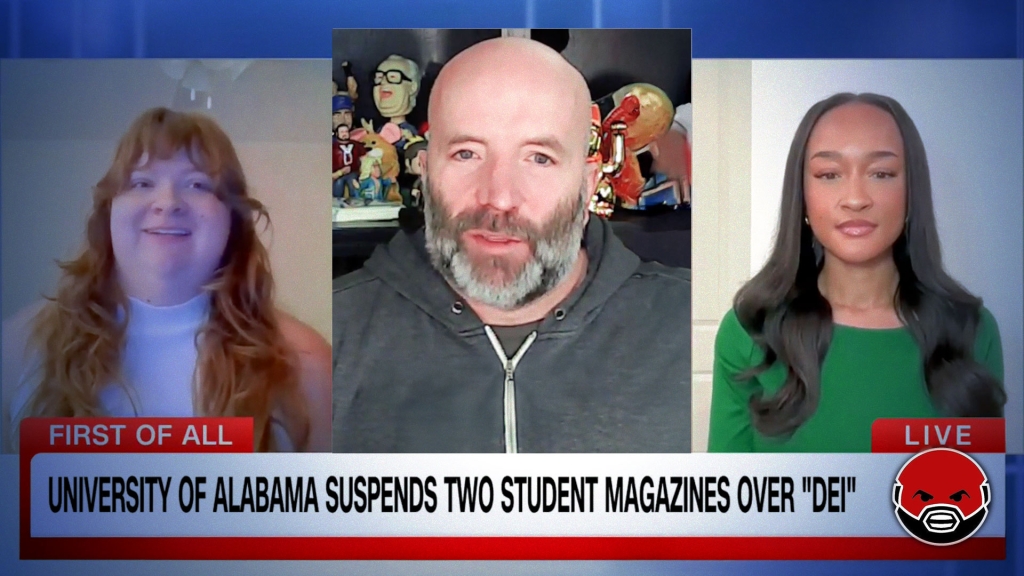Listen to the 10 min audio
Read the transcript:
NEW ARCHEOLOGICAL DIG LENDS CREDENCE TO ISAIAH AND HEZEKIAH
TOM LAMPRECHT: Harry, I’d like to take you to a story by Eric Metaxas. About two years ago, archeologists digging at the foot of the southern part of the wall that surrounds Jerusalem’s Old City found an ancient refuse dump dating back to the 8th century before Christ. At this dump, they found 33 imprints or seals. One of these bore the inscription belonging to Hezekiah, the son of Ahaz, king of Judah.
Among the other clay seals was one inscribed with the name “Yesha’yah,” in English, that name is rendered “As Isaiah.” The obvious question, Harry, did this seal belong to Isaiah?
DR. REEDER: Well, let me say this: His name was certainly on the seal. By the way, I’ve been there. I take people every other year on a tour called “Learning the Bible in the Land of the Bible” and, if any of our listeners are interested and, God willing, if we’re able to go two years from now, we’d love to have you.
DOUBT HAS BEEN PLANTED BY HISTORIANS BUT IS NOW BEING CORRECTED
We actually visit the very place where this archeological dig found these “seals” from hundreds of years before the life of Christ. If our listeners would like to go read in 1 Chronicles and 2 Chronicles — particularly, 2 Chronicles — they will find five revivals and one of them, of course, was in the life and ministry of Hezekiah, which all of the historians said was a fabricated king who never existed.
They even questioned the existence of King David so they said this Hezekiah didn’t exist and, certainly, this “prophet” with this extensive book in the Old Testament that is so focused prophetically on the coming of the Messiah and Christ, that’s all a post-Babylonian captivity mythological creation of Isaiah in order to write the things that the people returned from Babylon and wanted to write about a coming liberator called the “Messiah.”
Well, the reality is there was an Isaiah, there was a Hezekiah and, if the Bible affirms it, then it’s just a matter of time until history confirms it. And now we have this discipline that began in the 19th century called archeology and it increasingly and continually keeps affirming what we already know — that the Bible is telling us the truth.
And so, here’s a seal that they found that affirms the historicity of Hezekiah as a king. The prophet Isaiah ministered in the midst of a number of regimes of various kings, but notably in the life and ministry of King Hezekiah as the Lord delivered him from death and put him in place to serve Him and gave him these productive years of revival in the life of Israel as a bottom-up revival from a top-down leadership exemplary commitment that Hezekiah had to prayer, fasting, and the proclamation of the Word through prophets like Isaiah.
NEW DISCOVERIES KEEP PROVING BIBLE TRUE
So, again, the Bible affirms what we already know, which is that the Word of God is true. Every time I go to Israel, I’m constantly pointing this out: A prominent figure at Easter, Tom, is Pontius Pilate and yet historians tell us there is no Pontius Pilate and he didn’t really exist because they didn’t have enough extra-Biblical evidence beyond one or two mentionings of someone that might have been Pontius Pilate as governor of Judea appointed by Roman rule.
Well, the fact is they all of a sudden found the stone at Caesarea by the Sea which is the headquarters of the governor. The governor of Israel at the time of Jesus was not in Jerusalem — he was at Caesarea by the Sea — but he used the old Hasmonean Palace as his point of headquarters in Jerusalem. His state home was at Caesarea by the Sea so he had access out of that port back to Rome.
Guess what? They uncovered not only a stone that affirmed Pontius Pilate in the first century, but also uncovered the palace that was built by Herod whereby his protégé would later come, Herod Agrippa, and where not only Pontius Pilate resided but other governors after him would reside such as Felix and Festus who appear in the life and ministry of the apostle Paul who came to that same palace and spoke to kings even as God in His conversion told him that he would speak to Jews, Gentiles, and kings and those in authority.
And so, again, we find the affirmation of archeology and it’s constantly all around us whenever you go to a place and you patiently do the digging. The Bible only mentions one time in Jesus’ life and ministry — now, I actually think He did it a number of times — where He left the east coast of the Sea of Galilee and went to the west coast of the Sea of Galilee and landed at a place called Magdala and, of course, that’s where Mary Magdalene was converted.
There is a stone wharf that dates to the time of Jesus. Just footsteps away is a synagogue that dates to the time of Jesus so you are in a synagogue where, undoubtedly, Jesus taught and you are actually standing on a 50-foot wharf where, undoubtedly, Jesus when he got out of the boat that came from Bethsaida over to Magdala and probably at other times as well, actually walked on that.
Now, we don’t get excited about that because, all of a sudden, that’s more holy because Jesus walked there — no, we get excited about it because it keeps affirming to us the reality that the Bible does not contain a theoretical religion, philosophical derivation, but it contains a revelation of truth from God that God has actually come into time, space, history and reality and accomplished what He alone could do and that is save sinners through His Son. And the verification of the historicity, — not only scriptural veracity, but the historicity of Christianity — this veracity factor is of great encouragement.
PROOF DOESN’T MAKE FAITH, BUT IT CAN AFFIRM IT
Now, I believe the Bible because the Bible tells me it’s the Word of God. I don’t believe the Bible because they found a seal with Isaiah’s name on it — I just love that the Bible keeps being affirmed in its claims of a historical reality by historical discoveries. I love Bible history and, to some degree world history, but I really love American history and, when I take people to historical sites, I tell them, “One of the reasons I like to take you here is, as I tell you what happens, you’re standing where it happened and it’s amazing how you can get insight when you’re on-site.”
It’s amazing, when you get to Israel, I take the short little trip from Nazareth to Seborah and you get there to this place where the Roman stimulus package rebuilt and you realize over there in Nazareth was a couple hundred people living of which one was a techni — that is, a technician, that is, a carpenter, that is, a stonemason — who had some boys. How many times did they walk from Nazareth, the 45-minute walk, and then did their work on that Roman reclamation of that Greek city and its amphitheater? How many times did Jesus hear the word “hippocretus,” meaning a hypocrite, meaning an actor, that he would use later?
HISTORICAL SITE CAN STRENGTHEN FAITH ROOTED IN BIBLE
I love to get insight while you’re on-site, but the greatest insight is what the Bible says. It is not discovered by observation, but it is discovered by divine revelation but the observation bears it out. I’m a sinner and I can’t change myself — I can’t change myself any more than a leopard can change his spots — but there is a Savior whom God has sent. God has diagnosed my problem — “You’re a sinner and you’re under my judgement” — and God has provided a solution — “I’ve sent my Son who took My judgement and, if you come to Him and repent of your sins and receive Him, you can have the gift of eternal life.
And now we can not only walk where history was made and the Word of God affirmed — your walk can affirm to the world that Jesus saves sinners — forgives them, changes them and then uses us. Oh, my goodness, He even takes conspirators to murderers and those engaged in manslaughter and religious terrorists — like Moses, like David, like Paul — even can take a traitor like Peter.
He can take someone who is ready to flee in fear even though they’ve known the power of God like Elijah, the one whose name was discovered on the seal, and use him to thwart the priests of Baal and to proclaim the Good News that God will send His Son born of a virgin through whom sinners will be saved throughout all the nations.
Dr. Harry L. Reeder III is the Senior Pastor of Briarwood Presbyterian Church in Birmingham.
This podcast was transcribed by Jessica Havin, editorial assistant for Yellowhammer News, who has transcribed some of the top podcasts in the country and whose work has been featured in a New York Times Bestseller.
Podcast: Play in new window | Download
Subscribe: RSS













